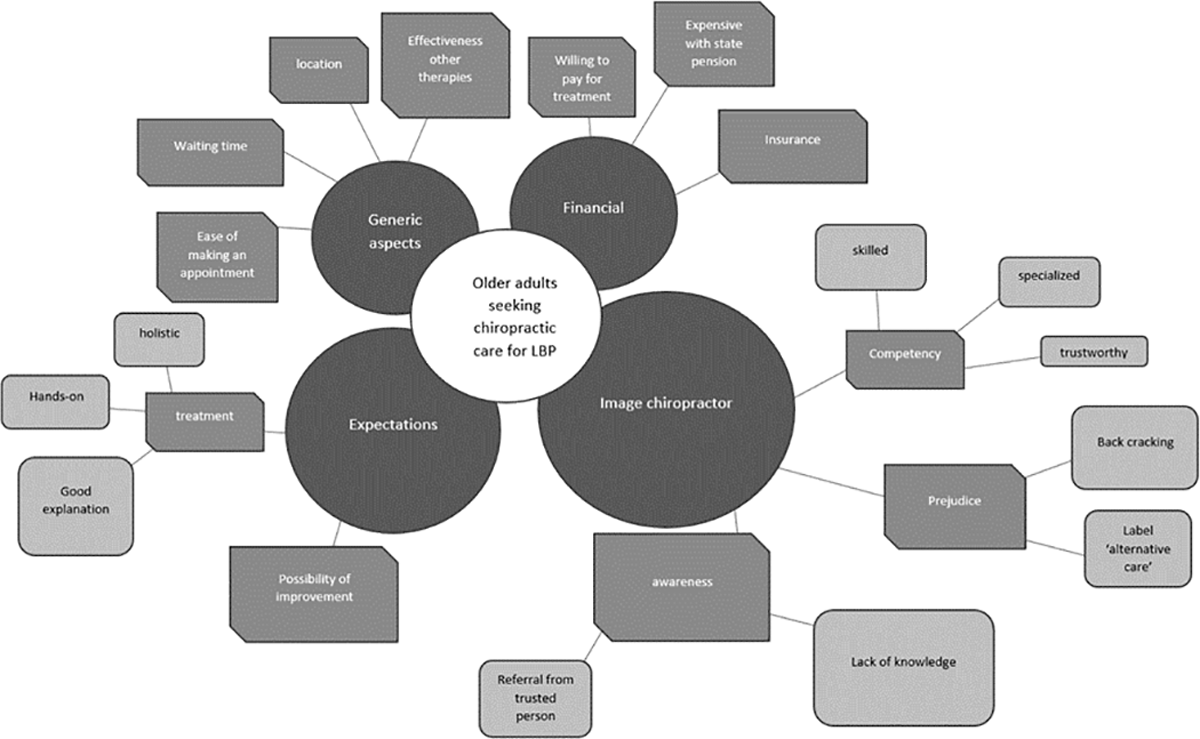Medicare Documentation Requirements:
The Hurdle That Continues to Block Our Progress
SOURCE: Dynamic Chiropractic ~ April 9, 2012
By David Seaman, DC, MS, DABCN,
Albert J. Luce, DC and
Anthony Hamm, DC, FACO, DABFP
At present, the chiropractic profession has difficulty being compliant with Medicare documentation requirements. The 2009 report from the Office of the Inspector General reported the following: “Distinct from the undocumented claims, 83 percent of reviewed chiropractic claims failed to meet one or more of the documentation requirements.
Concerning treatment, file reviewers reported that only 76 percent contained some form of treatment plan, 43 percent lacked treatment goals, 17 percent lacked objective measures, and 15 percent lacked the recommended level of care.” [1]
In January 2011, the California Chiropractic Association reported the following on its Web site: [2] “Palmetto GBA has released the results of its review of chiropractic Medicare claims and found an “unacceptable” error rate of 68 percent for Northern California and 77 percent for Southern California. These results are very troubling, as Congressional leaders have threatened to remove chiropractic from Medicare if the profession [does] not improve its billing practices.”
Perhaps two primary issues may be at work. Either an inaccurate message is being delivered to chiropractors regarding appropriate Medicare documentation requirements and/or chiropractors are misinterpreting the message. Let’s attempt to clear up some of the confusion, outline documentation requirements based on several Medicare publications, and provide a flow chart for easy visualization of the required process.
What Does Medicare Want?
The rules for Medicare are spelled out in section 240 of chapter 15 of the Medicare Benefit Policy Manual [3] and in your local carrier’s or administrator’s Local Coverage Determination (LCD). The terminology is generally consistent; however, it can be confusing based on how the language is misinterpreted by chiropractors and those who teach documentation and coding seminars.
Contrary to what many believe, Medicare documentation is not subluxation-based, even though parts of section 240 can mislead one in this direction. Why do we say this? Because “subluxation-based” to chiropractors is a different concept compared to subluxation-based to Medicare, and this fact is clearly spelled out in the rules.
Subluxation-based chiropractors view the adjustment of the asymptomatic spine as an acceptable practice. However, this is not the case for Medicare – for Medicare, subluxation is synonymous with a painful neuromusculoskeletal condition of the spine that disables the patient from engaging in routine functional activities of daily living. In the context of treating Medicare patients, consider the following statements from various LCDs throughout the United States.
From the Florida LCD: “Chiropractic services involve manual manipulation of the spine by a licensed chiropractor to alleviate painful symptomatology due to subluxation of the spine as demonstrated by x-ray or physical exam.”
From the LCD for Upstate New York: “Most primary neuromusculoskeletal disorders manifest primarily by a painful response. Standardized measurement scales (e.g., Visual Analogue Scale (VAS), Oswestry Disability Questionnaire, and the Quebec Back Pain Disability Scale) may be used to measure improvement or lack thereof.”
From the Trailblazer LCD for Colorado, New Mexico, Oklahoma and Texas: “For the purpose of Medicare, subluxation means a motion segment in which alignment, movement integrity and/or physiological function of the spine are altered although contact between joint surfaces remains intact. A subluxation usually falls into one of two categories: [1]. Acute, such as strains and sprains. [2]. Chronic, such as loss of joint mobility.”
Read the rest of this article now!





Over the past 34 years I have listened to the rhetoric of how chiropractic is gaining more respect within the medical community and how we are gaining parity within the insurance industry. Even with accreditation outside of our profession in chiropractic sports and rehab we have not been able to crack the acceptance to the general public as medicine continues to tighten it’s grip around healthcare. Now we have offices that are owned by massage therapy groups that have relegated chiropractors to the role of manual technicians. With medical physicians and physical therapists practicing chiropractic our world will shrink even more because of the short-sidedness of many of these doctors in our profession. Instead of elevating our profession many have chosen the lower road of mediocrity. Until, we evolve from a profession of mediocrity by utilizing proper procedures as well as producing continued research by our profession we will continue to lower the bar!
Russell, I appreciate your post. What I have found is that we have to educate our patients. Remember that a patient is in your office becuase they are looking for answers. You have to be a resource not only for your patients, the community, and the world for this profession to continue to grow.
Thanks
Marco
Marco, I am fortunate to have worked with many medical professionals that do appreciate the work chiropractors perform. I am grateful for the relationship I have with my patients and continue to inform and educate, but it can be frustrating when we have those out there that lower the bar of chiropractic. When I do retire, I hope that I will have given to our profession.
Russ